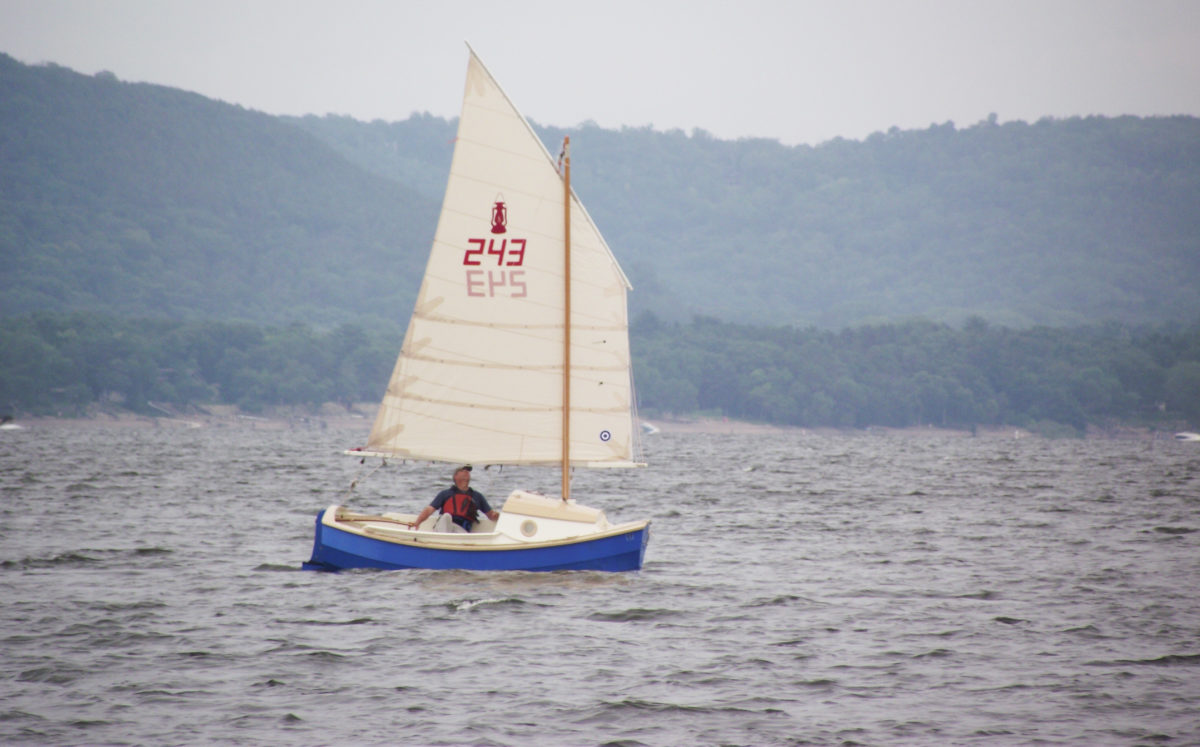
Boat Profile
SCAMP
A little camp cruiser for big dreams
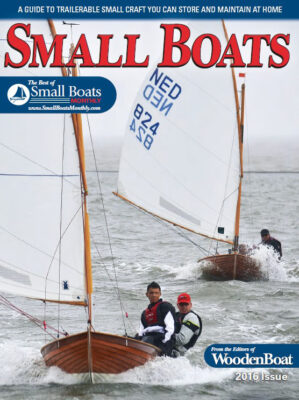
Editor’s Page: Building Locally
With a few notable exceptions, plywood was once the stuff of quickly built skiffs. From a few fir sheets, a couple of oak chine logs and rubrails, a handful of tacks, and a few tubes of sealant, one could hammer together a serviceable little boat in just a few sessions of work … Continued on Page 5 of PDF version.

Boat Profile
A little camp cruiser for big dreams
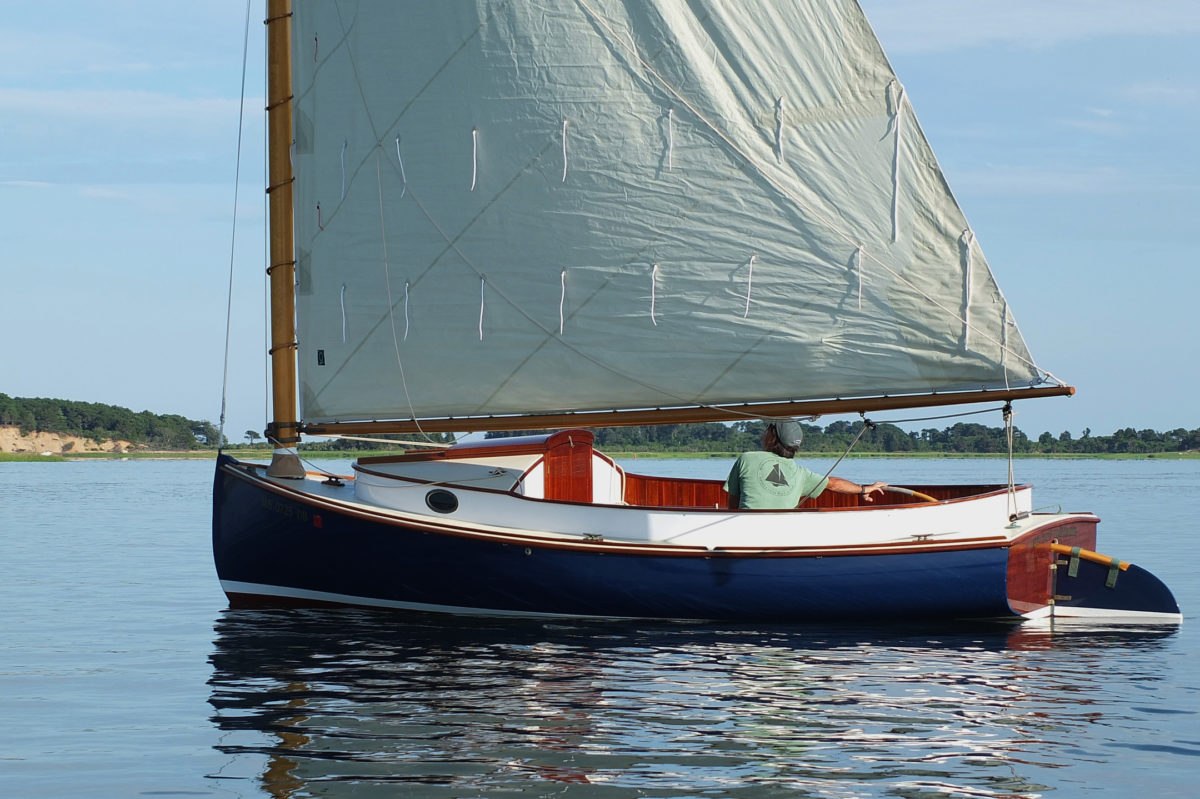
Boat Profile
Born by a beautiful bay
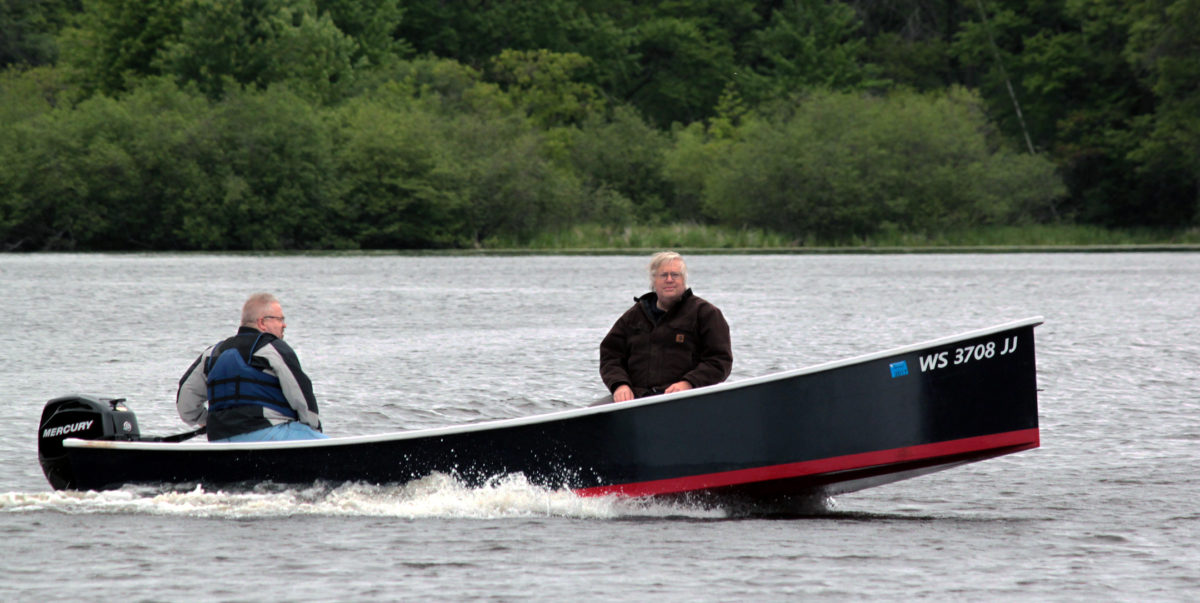
Boat Profile
A Bolger-designed workboat
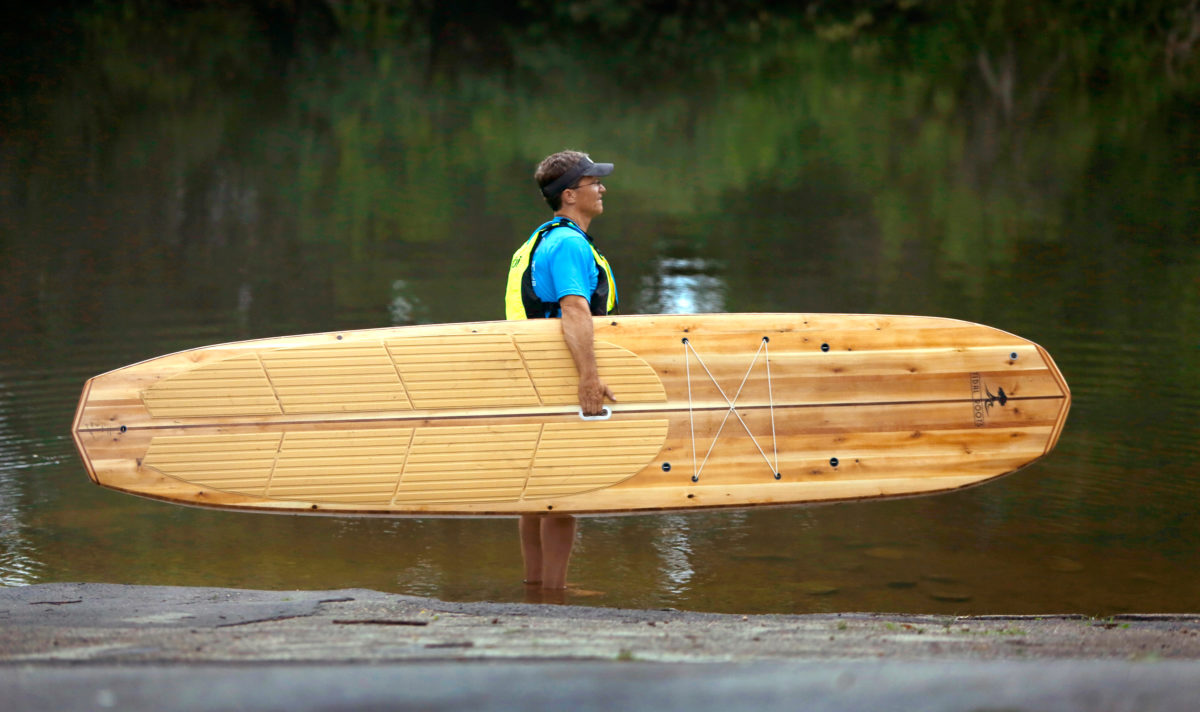
Boat Profile
A Maine-built cedar SUP board
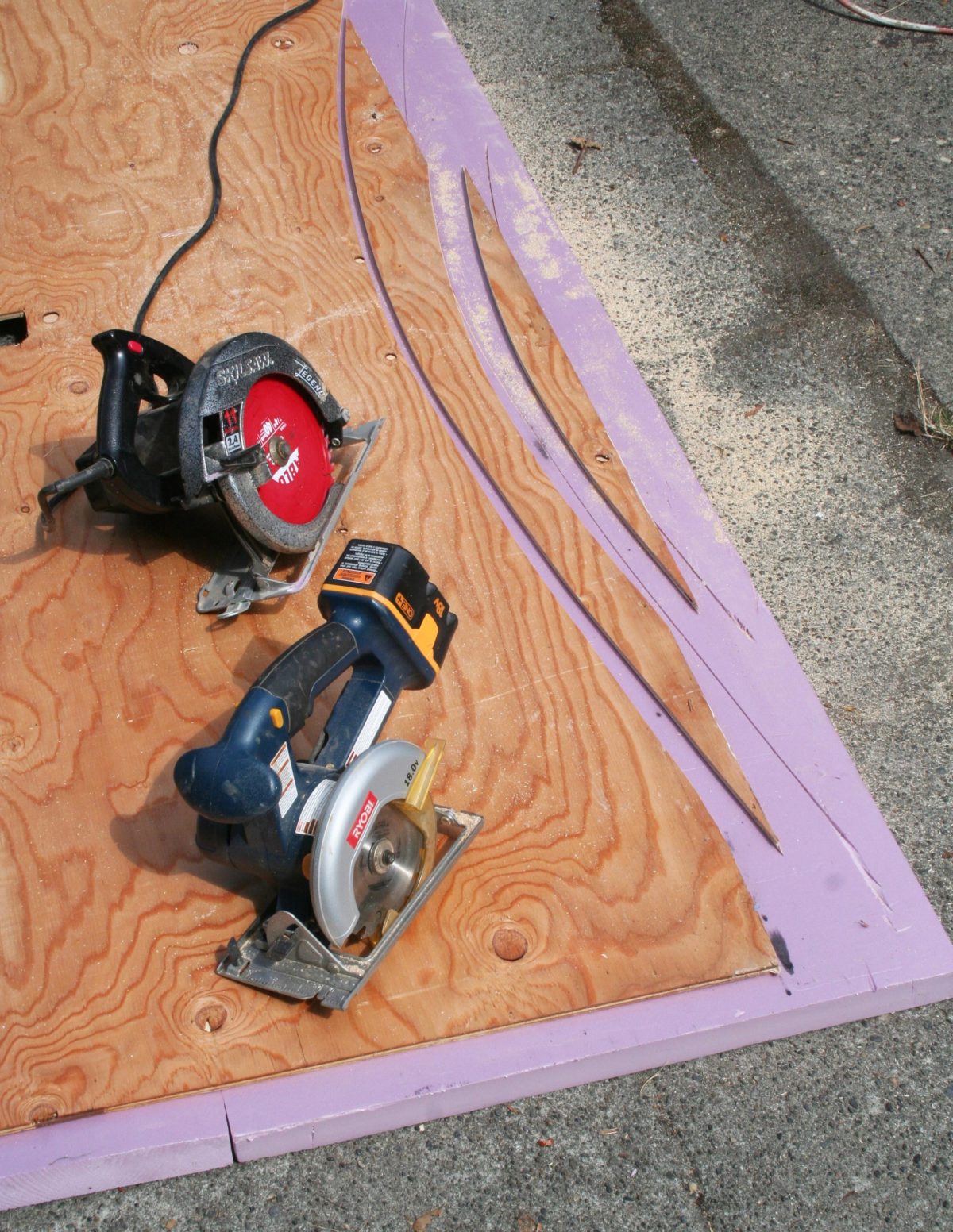
Technique
Sawing plywood made easy
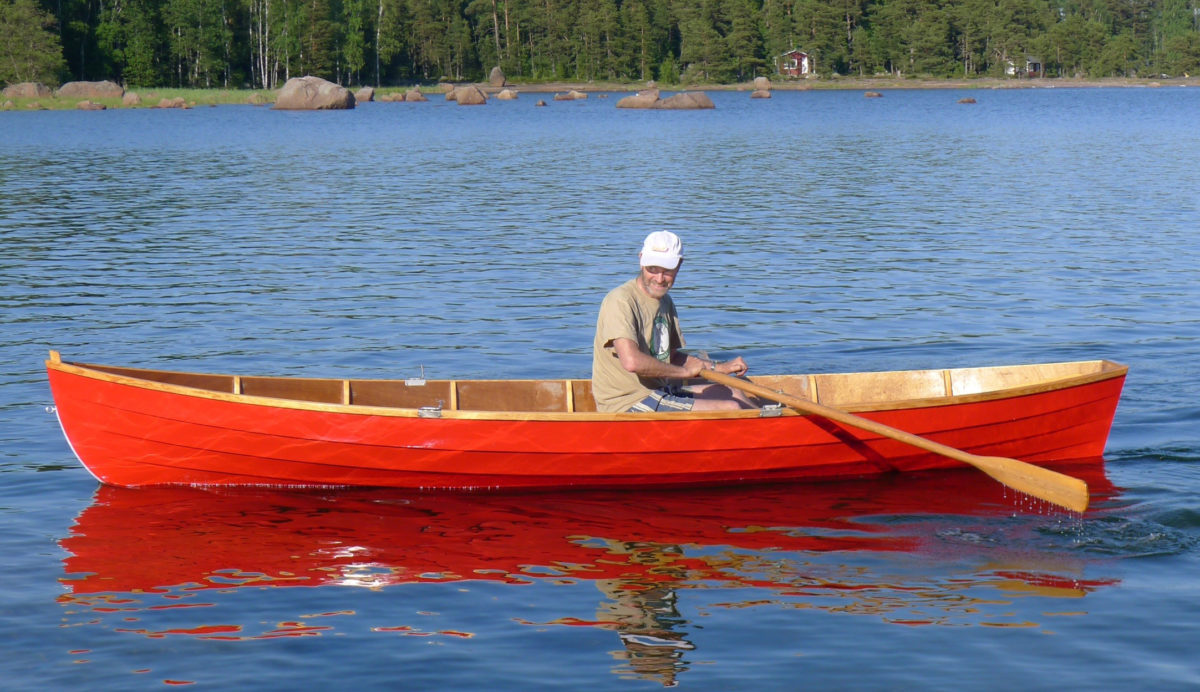
Boat Profile
A craft for many purposes
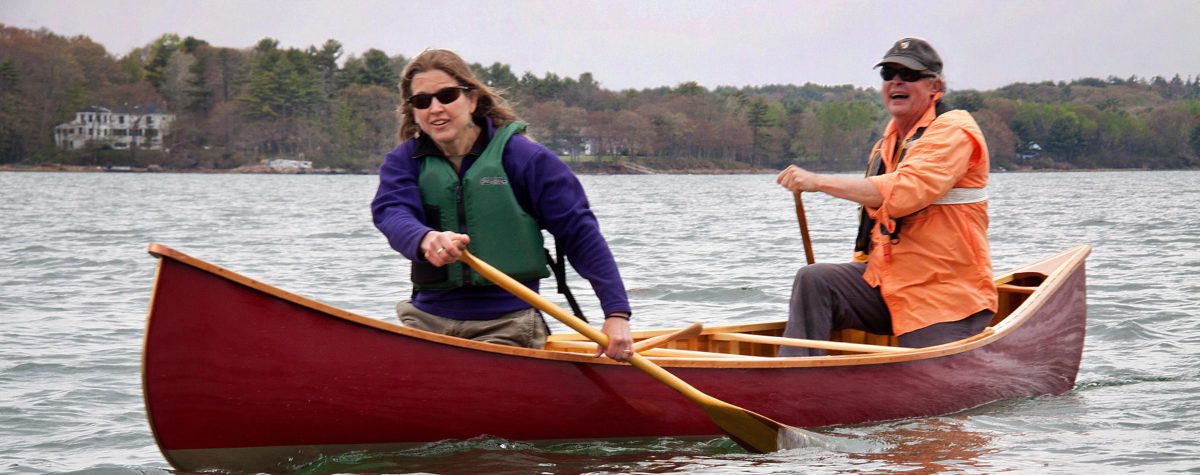
Boat Profile
A classic design from the 19th century

Adventures
The journey of a dory from logging to launching
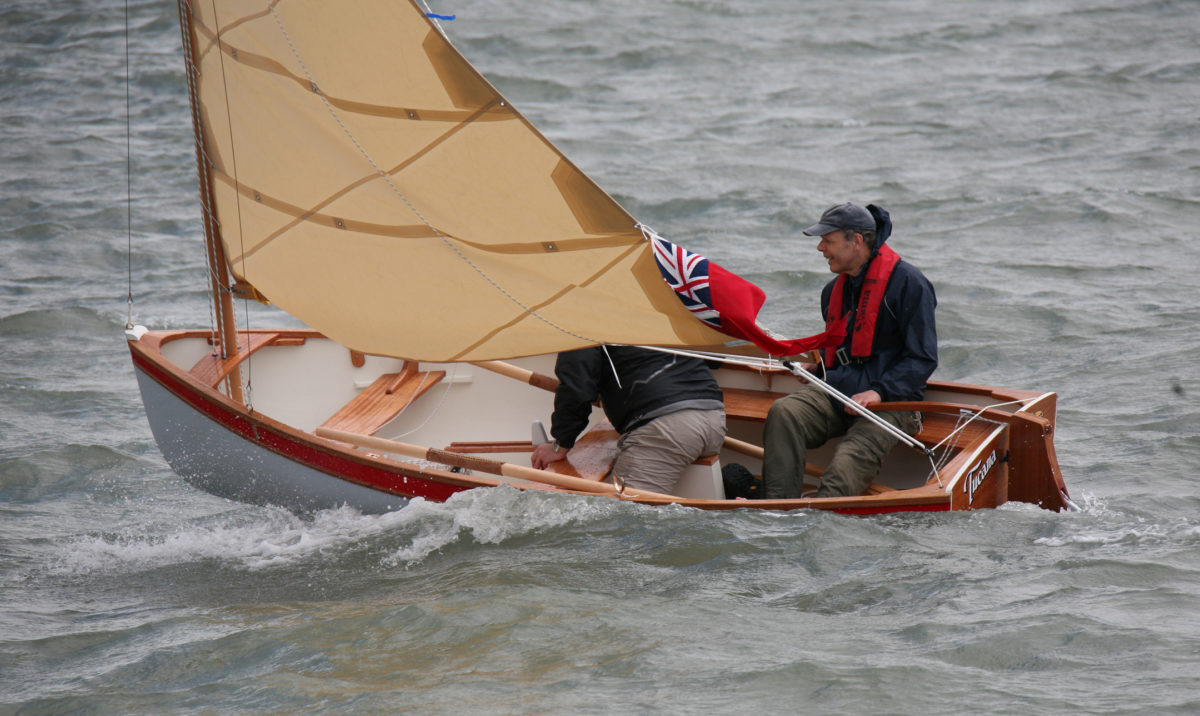
Boat Profile
A voyage from fantasy to reality
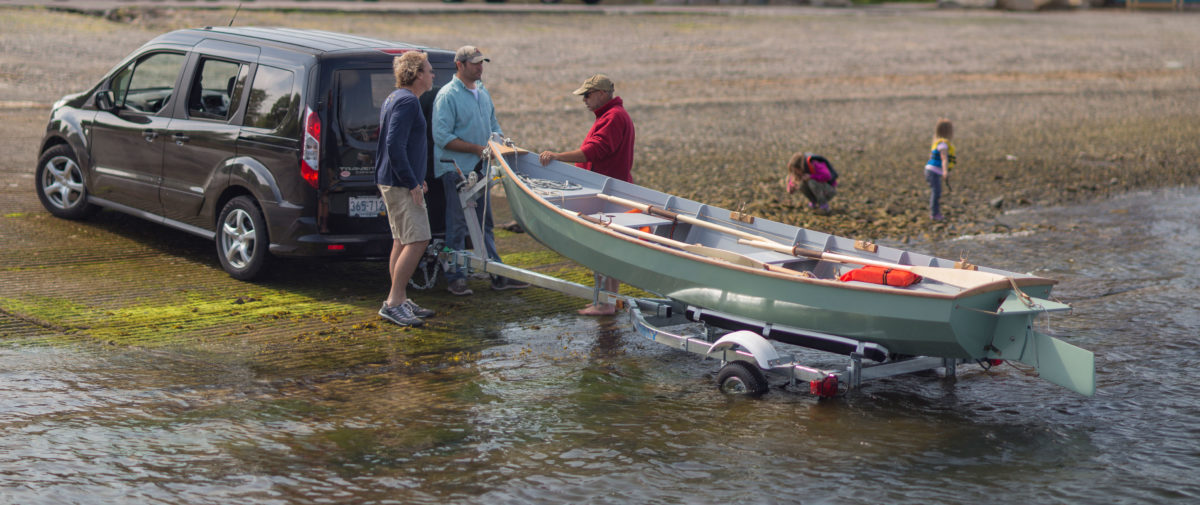
Boat Profile
A new kit boat from Bristol, Rhode Island
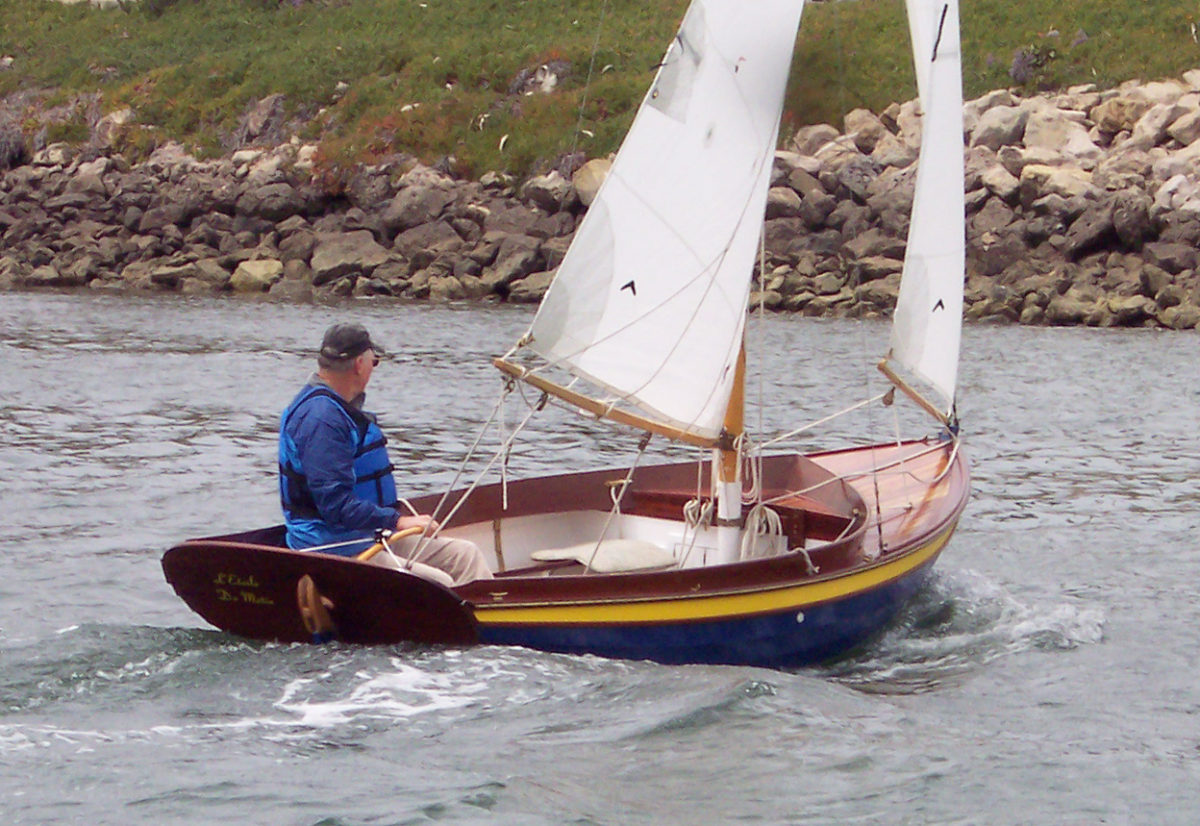
Boat Profile
An amateur-friendly update of a Herreshoff classic
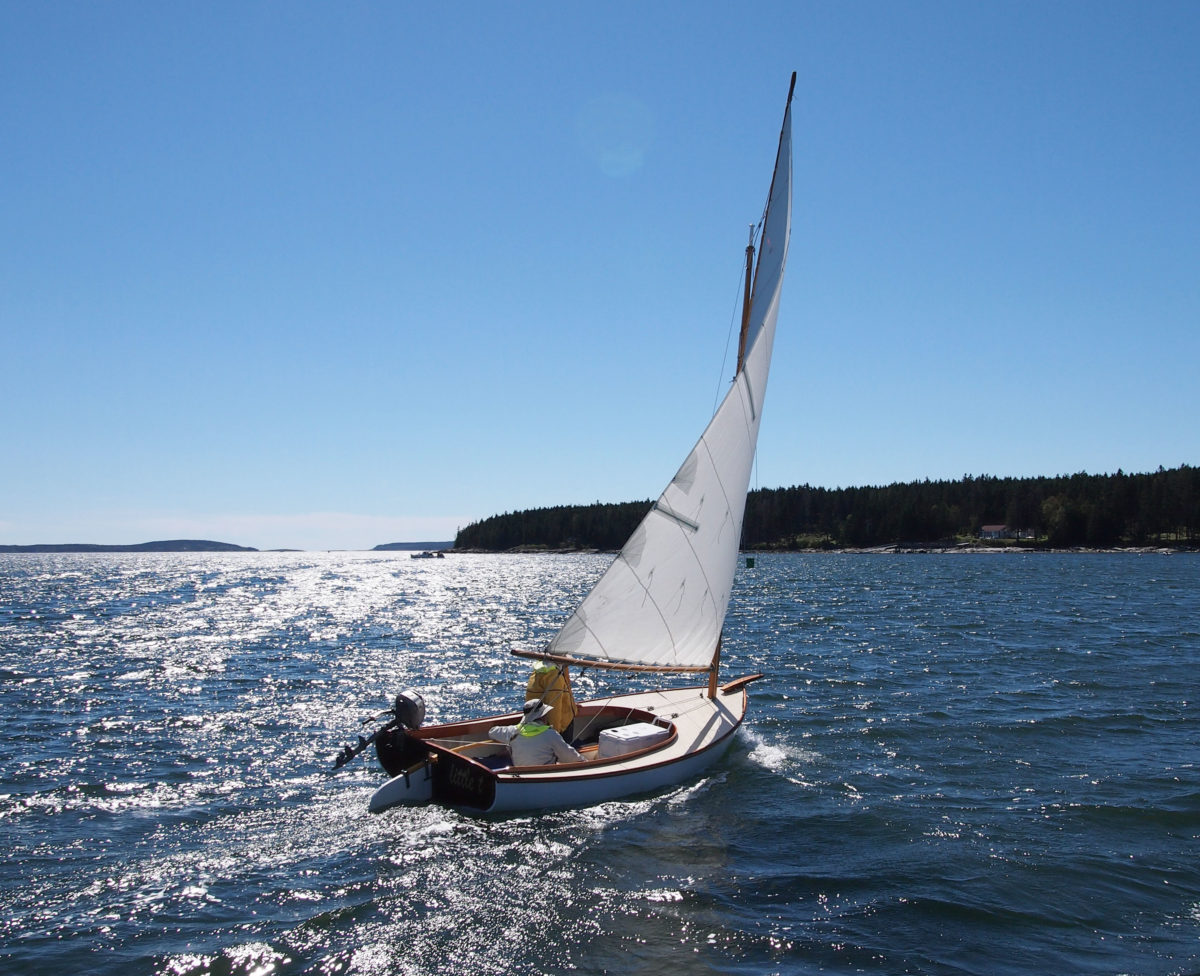
Boat Profile
Everything from gunkholing to open-water sailing
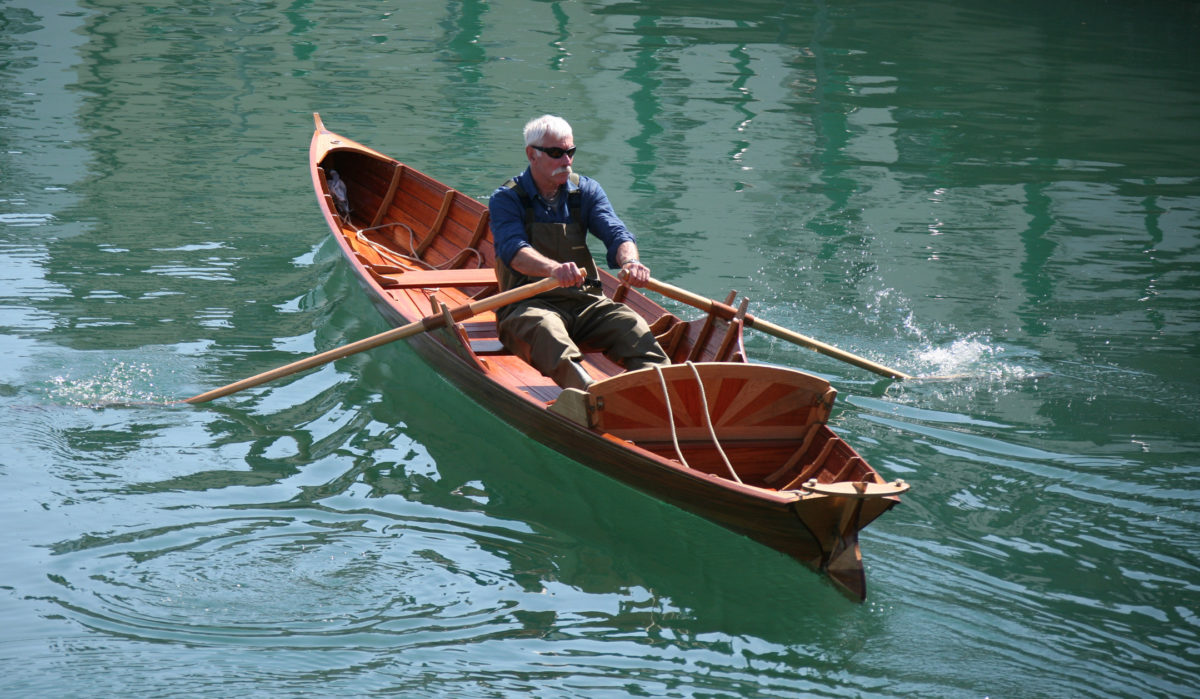
Boat Profile
A Thames River Skiff

Boat Profile
A Whitehall for quick construction
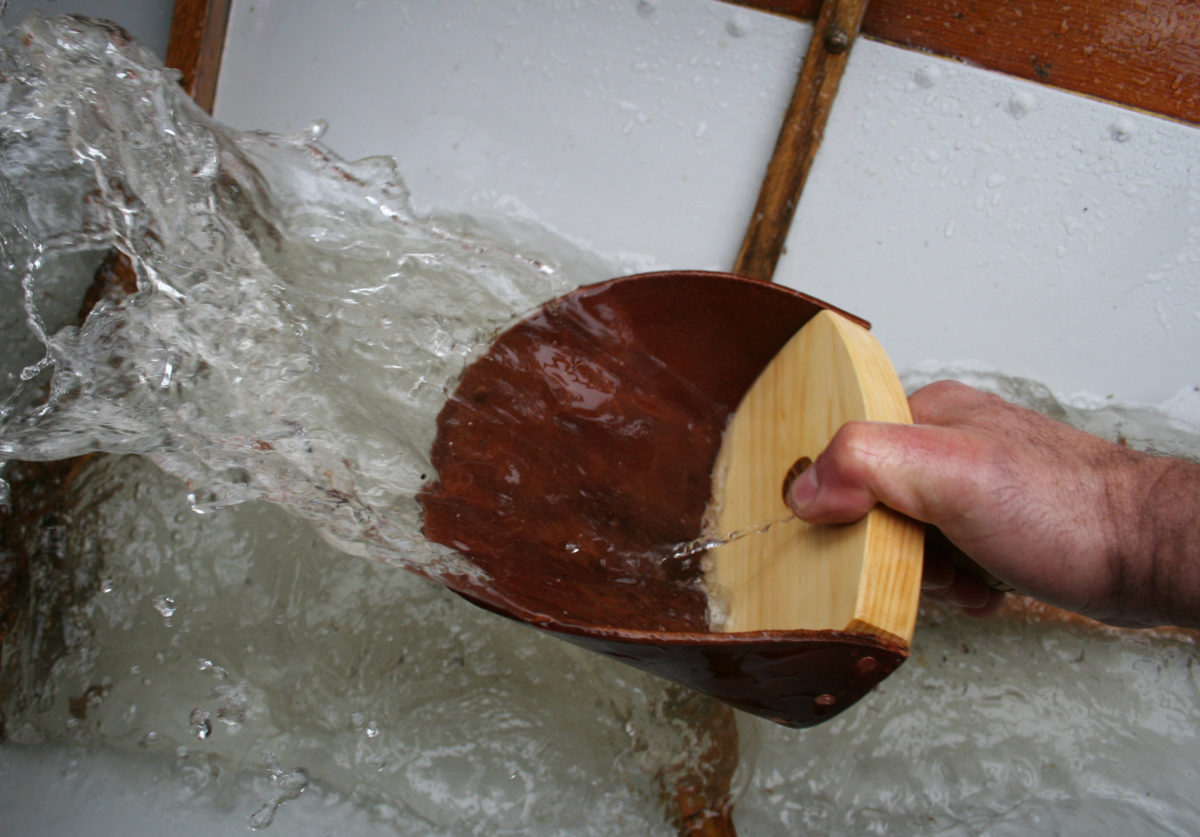
Technique
What a cut-up bleach bottle wishes it were
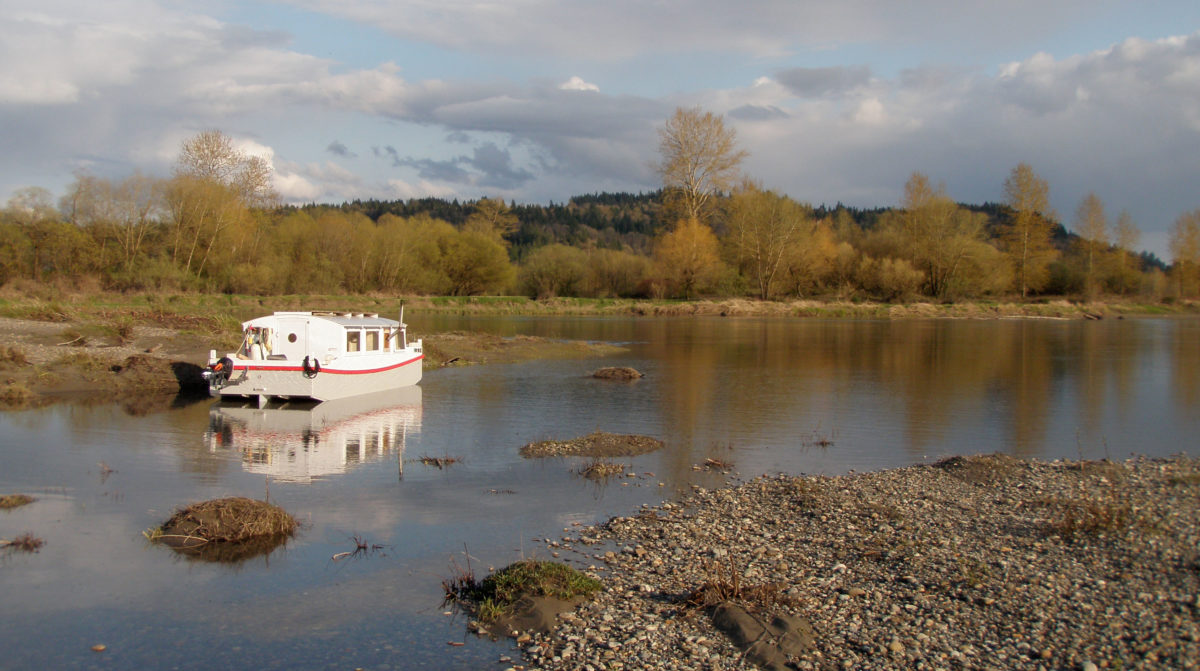
Boat Profile
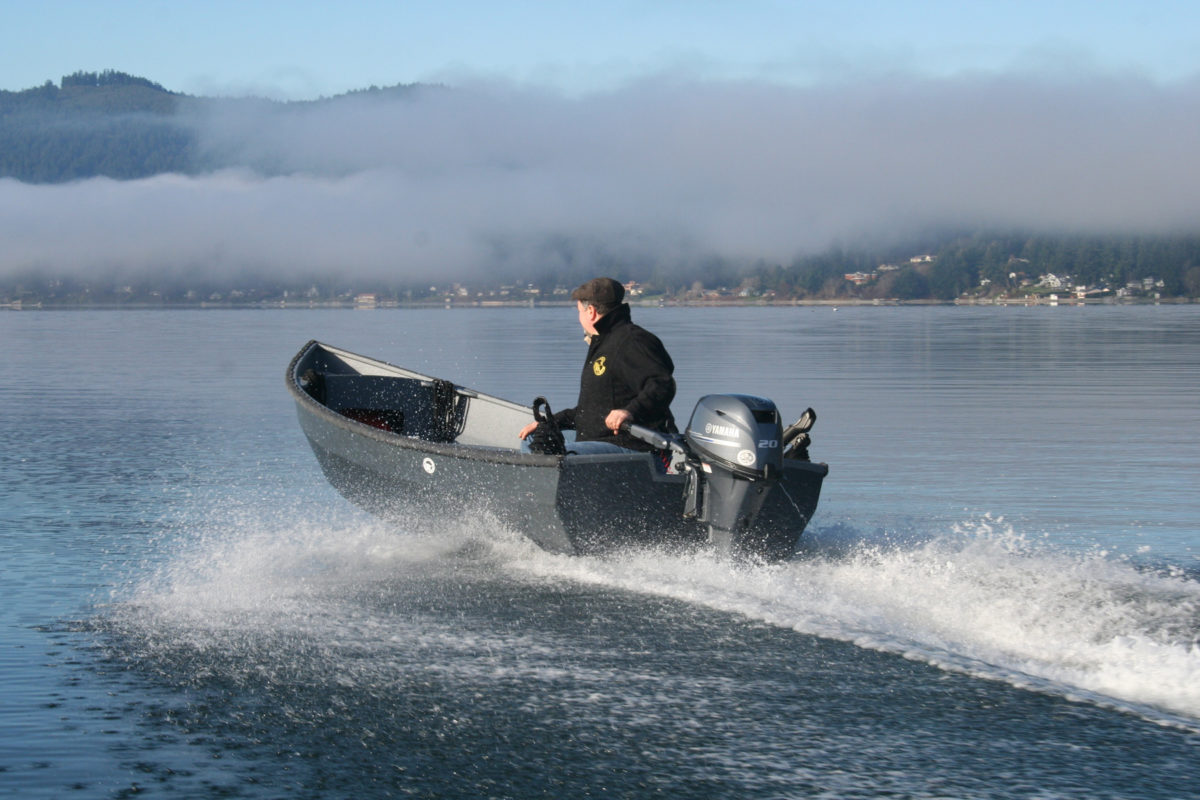
Boat Profile
Three Men in a Boat (to say Nothing of the Moose)
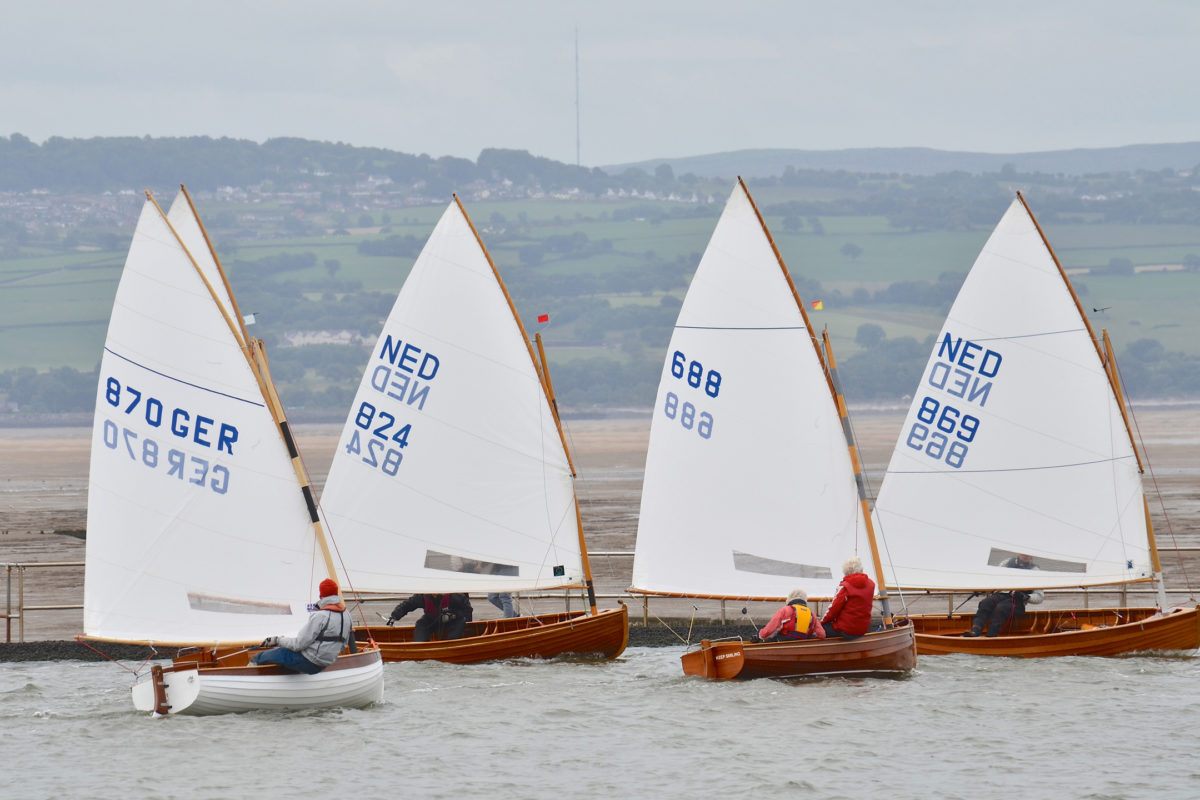
Boat Profile
100 Years as a Class
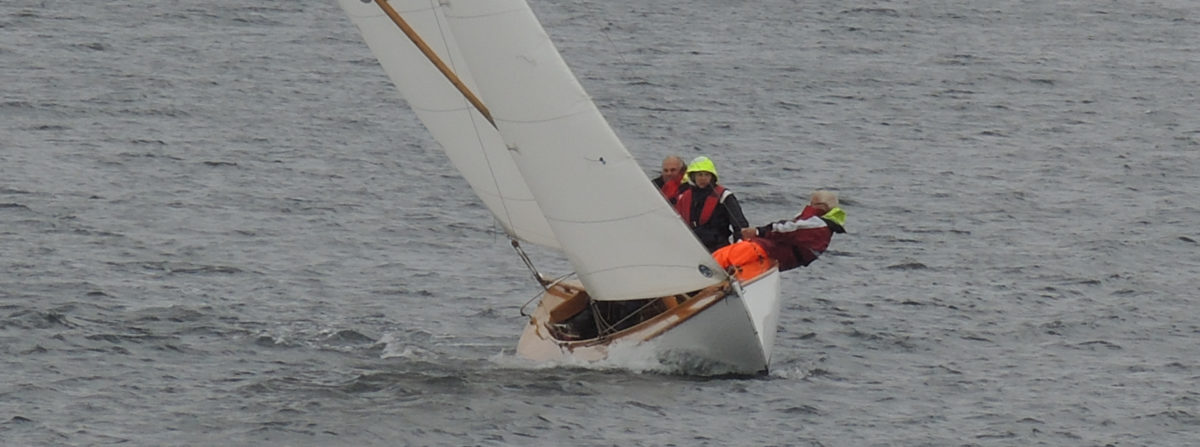
Boat Profile
A racing workboat from Norway
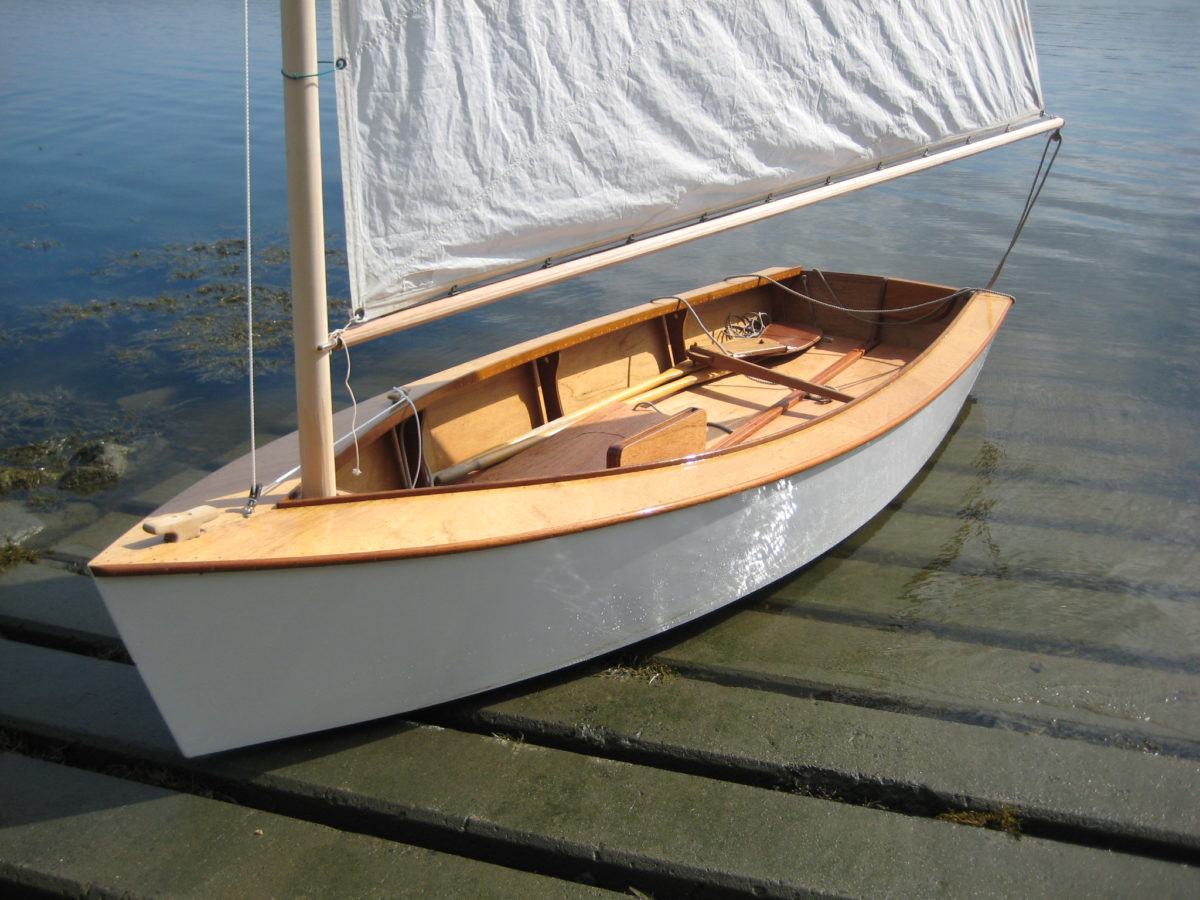
Boat Profile
A Cat-Rigged Sharpie
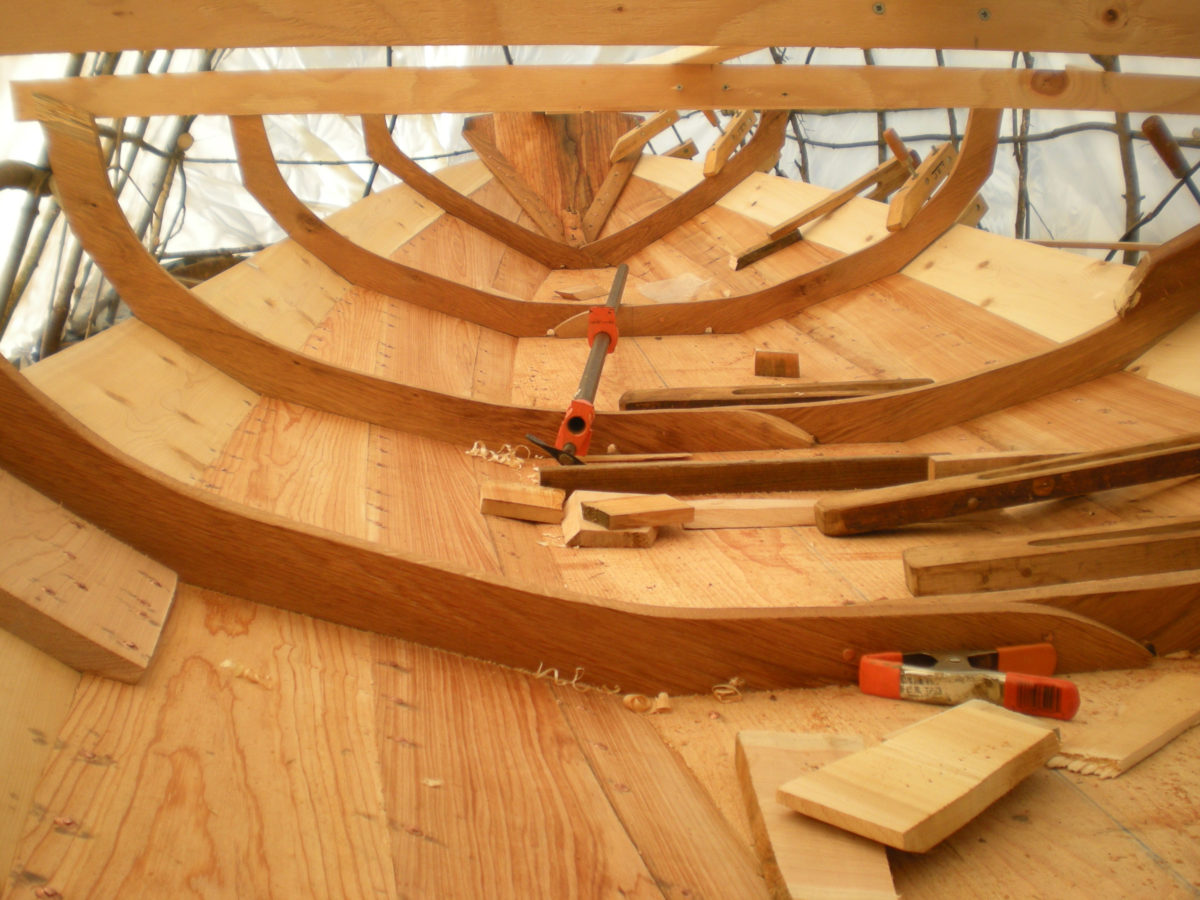
Boat Profile
Sailing again after a century in hiding
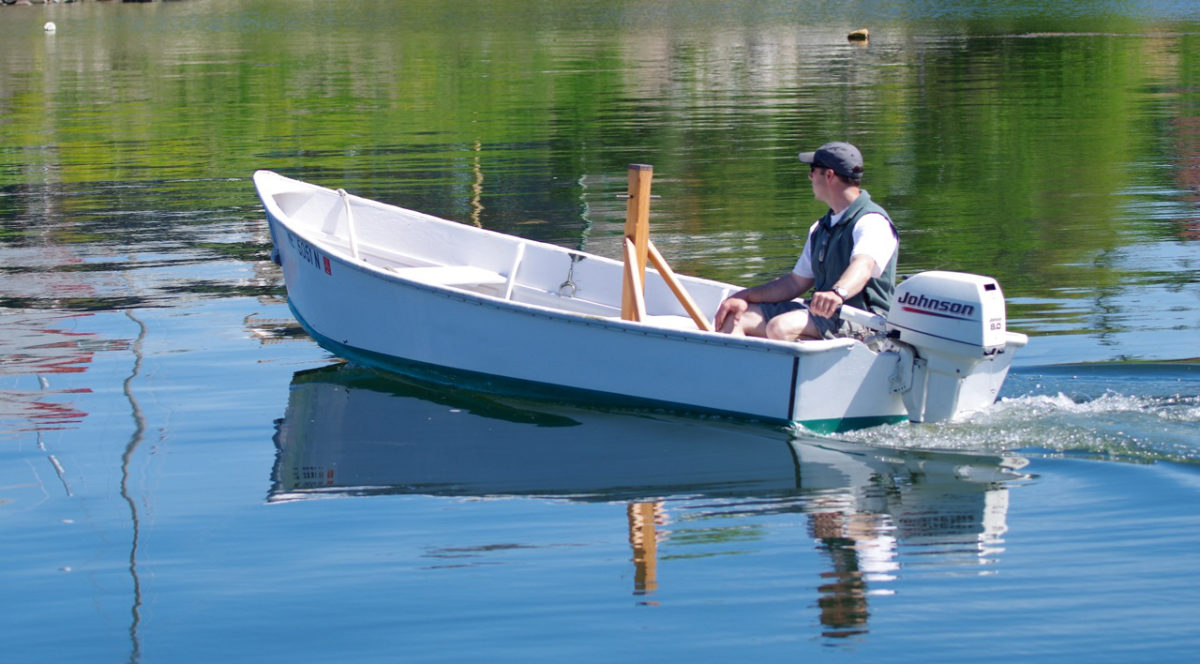
Boat Profile
The enduring legacy of Willis Rossiter
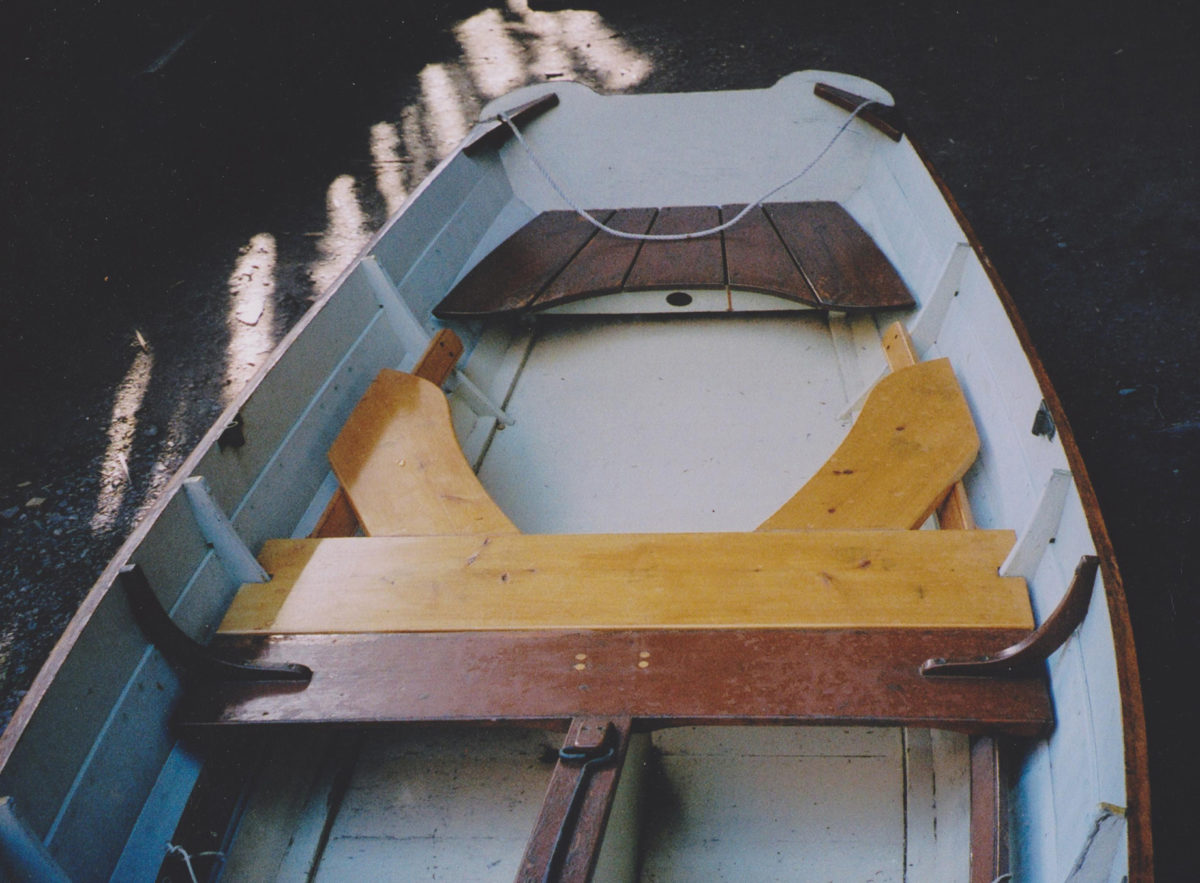
Technique